How to use the ATAGO TDS measuring instrument? How to calculate gold cup extraction | Coffee extraction
Professional coffee knowledge exchange more coffee bean information please follow the coffee workshop (Wechat official account cafe_style)
Today, a fan asked Qianjie Coffee, how to use the TDS meter for coffee? So today Qianjie Coffee would like to share with you how this instrument is used and what is its use?
Coffee concentration meter
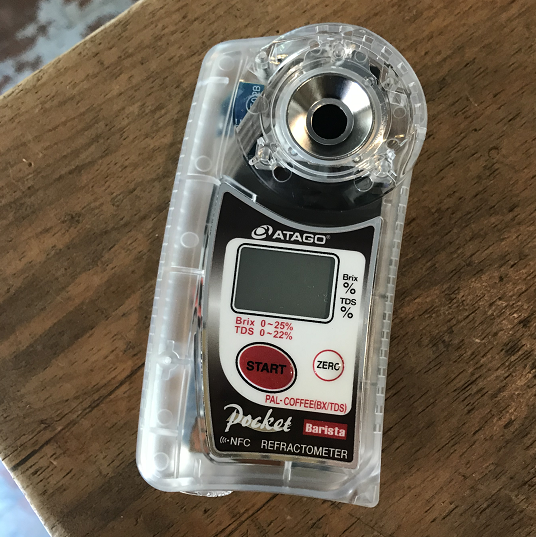
In fact, the principle of light refraction is used to measure the total amount of dissolved solids in water. We can see that the concentration meter says: Brix, TDS.
Brix: the concentration of soluble solids in the sample. Soluble solids refer to sugars, salts, proteins, acids and other substances that are soluble in water.
TDS: the ratio of soluble matter to water in a cup of coffee. The higher the TDS value, the more dissolved matter the water contains.
Qianjie Coffee gives you a general introduction to the coffee concentration meter, and then shows you how to use it: 1. Press "START" to turn on the machine, drop the pure water to the refractive crystal, and correct it by "ZERO".
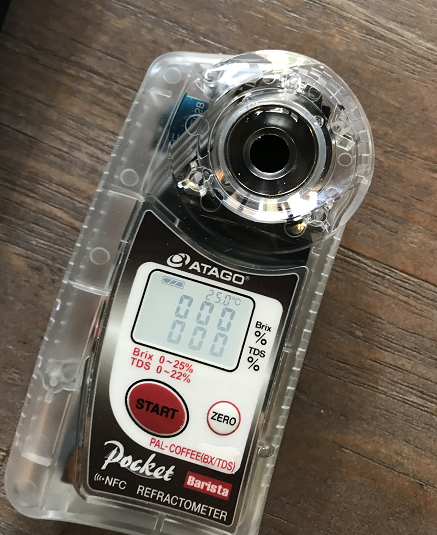
2. After mixing the brewed coffee, immediately take out about 1g of liquid and place it for about a minute, let the temperature of the coffee liquid drop, and then drop it to the refractive crystal, press "START" to start the test, and wait a few seconds to get the results.
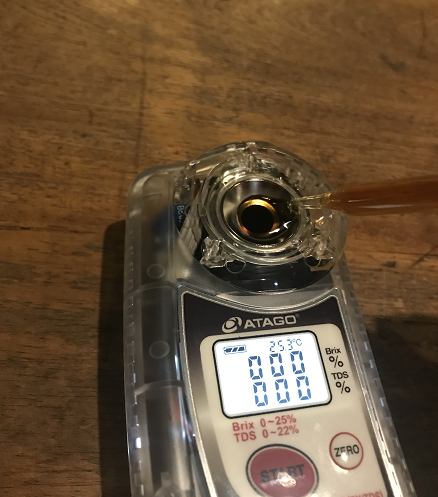
Remember to clean it up with water or alcohol after use, so what is the use of these values for us? After measuring these parameters, we can calculate the extraction rate of coffee!
Extraction rate: indicates the proportion of the weight lost in the brewing process of coffee beans to the use of coffee beans. To put it simply, it is used to brew coffee powder, and what percentage of the substance is dissolved in the coffee.
For example, when you use 100g of coffee powder for brewing, after brewing the coffee, remove the moisture from the coffee grounds (whether dried or dried), if there is 80g left, which means that 20g of the substance is dissolved in the coffee. Then the extraction rate of this cup of coffee is 20%. In the world of coffee, there is a concept called Golden Cup Theory!
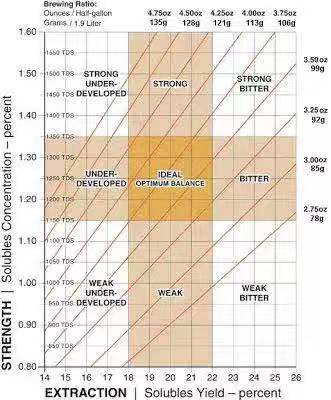
In the actual coffee extraction, in order to pursue the better taste of coffee, we should not only strive for the original taste of coffee, but also avoid producing bad taste. There are several widely accepted criteria for the proportion of trade-offs, which is the legendary Glod Cup theory. The Golden Cup Theory (Gold Cup) holds that "good coffee" must meet two conditions at the same time:
1. The extraction rate is between 18% and 22%.
two。 The coffee concentration is in the range of 1.2% to 1.45%.
Calculation formula: (coffee liquid weight * TDS%) powder weight = extraction rate
The coffee with insufficient extraction (the extraction rate is less than 18%) is usually sour, thin, light, monotonous and uncharacteristic, while the coffee with excessive extraction (the extraction rate is higher than 22%) is more bitter, gray and astringent. As far as dripping coffee is concerned, to put it simply, the powder-to-water ratio between 1:15 and 1:22 can be generally called the golden cup range, but it does not mean that this ratio is the golden cup. In addition, the powder-to-water ratio is not equal to the powder-to-liquid ratio, and even less equal to the concentration. On the contrary, the standard gold cup powder-to-water ratio will basically be within the above range.
END
Important Notice :
前街咖啡 FrontStreet Coffee has moved to new addredd:
FrontStreet Coffee Address: 315,Donghua East Road,GuangZhou
Tel:020 38364473
- Prev

Why do you add whiskey to Irish coffee? What's the moral?
Professional coffee knowledge exchange more coffee bean information Please follow the coffee workshop (Wechat official account cafe_style) "Irish Coffee" carries such a romantic story: a bartender at Dublin airport in Ireland meets a long-haired and elegant stewardess whose unique charm is as strong as Irish Whiskey, haunting him for a long time
- Next
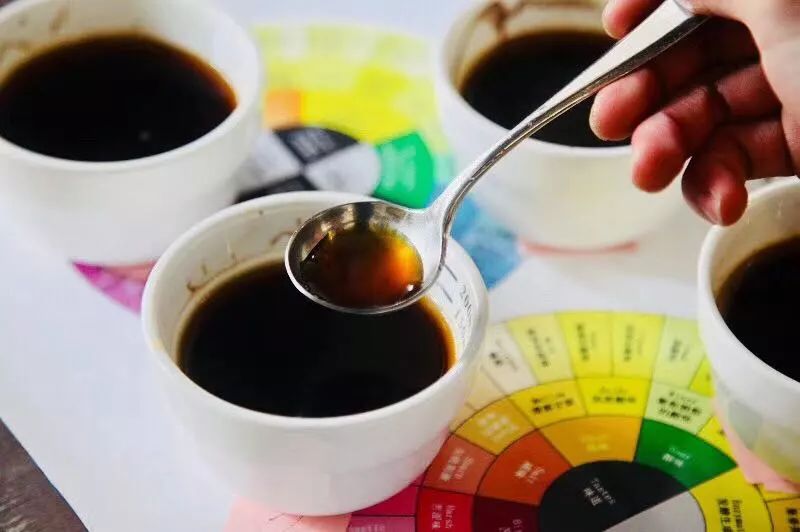
How to fairly measure the flavor of boutique coffee? Who decides whether the coffee beans are good or bad?
Professional coffee knowledge exchange more coffee bean information please follow the coffee workshop (Wechat official account cafe_style) "what do you think of this cup of coffee?" "Coffee novice:" sour and sweet, fragrant ~ "Coffee glutton:" this coffee has the sour taste of plum, the aroma of whisky, and berries.
Related
- Why are the coffee in some coffee shops not enough after being frozen? What should I make up for my American latte cappuccino coffee after being frozen?
- How much water does it take to steam coffee by hand? Why is the coffee brewing and steaming time 30 seconds? What is the purpose of steaming coffee?
- The suspected drink contains too much caffeine! Overlord Tea Lady responds urgently!
- Starbucks rejects antique paper coupons?! Netizen: Missed marketing opportunities!
- What ratio of water temperature and ground does the smart cup method use to press coffee? The difference between brewed coffee and filtered coffee?
- What is the standard process for the purpose of coffee cup testing? What is the difference between hand-brewed coffee and cup testing?
- How to use hand-brewed coffee paragon small golden balls? How does cold coffee lock in the aroma of coffee?
- Is American coffee black? What is the difference between American coffee and drip coffee?
- Unexpected! Well-known tea beverage brand Lele Tea will withdraw from the Zhengzhou market!
- Starbucks enters the fashion and beauty industry?! Netizen: Give me an ice American eye cream

